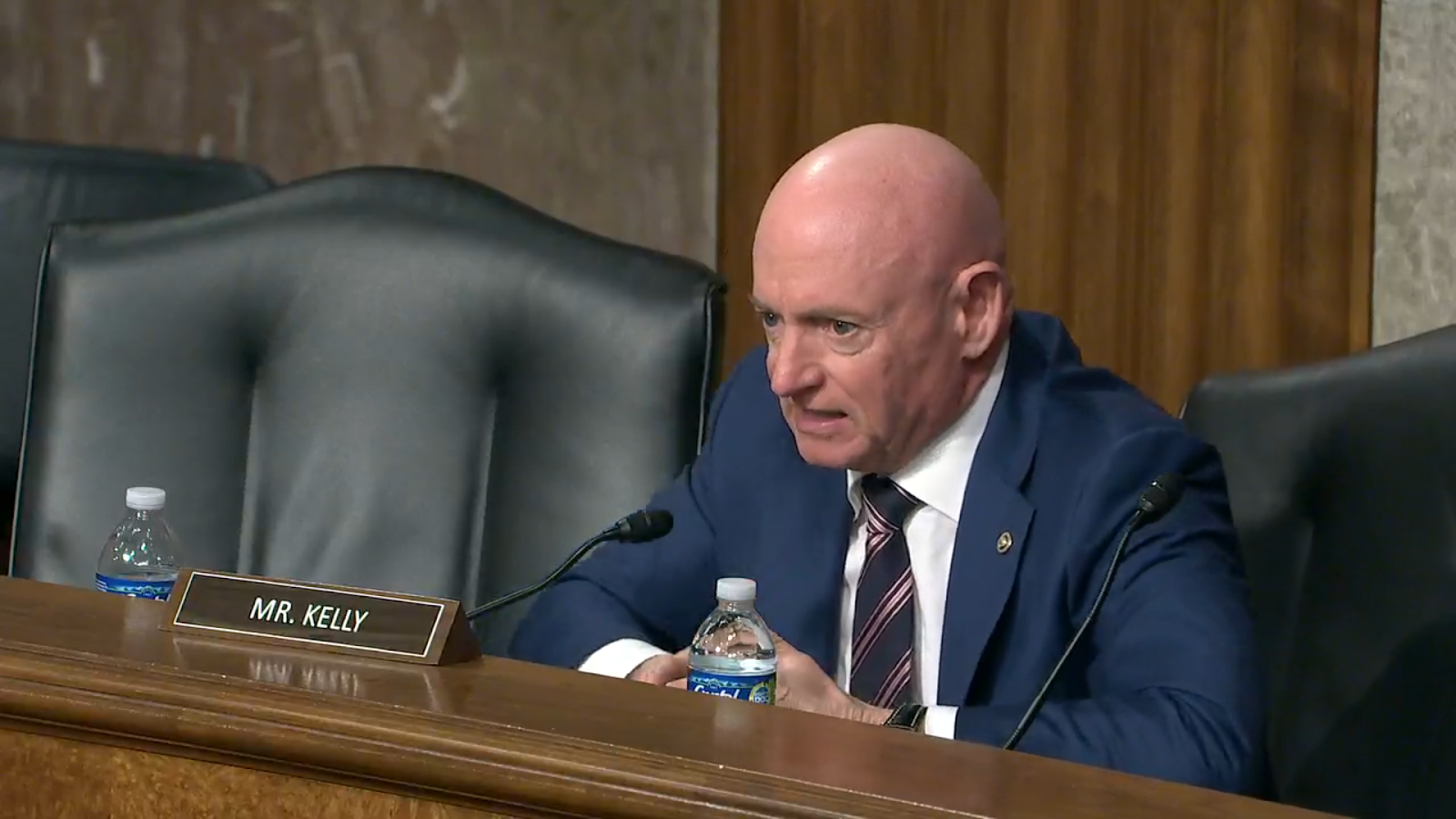G-7 leaders show firm stance on China, but can they uphold it?
The G-7 Takes on China: Can They Stay United?
News Analysis
The lesson of Russia’s war in Ukraine has forced the Group of Seven (G-7) countries to confront Beijing head-on this year, and the unified statement from the Hiroshima summit represents a big step that, according to some experts, was “unthinkable” two years ago.
The big question, though, is whether the G-7 countries can stay united and strong when confronting China, as they’ve pledged—or will they continue to put commercial interests ahead of “the rule-based international order” or their core values, such as human rights and democracy?
The 49th annual summit of the world’s most advanced economies—the United States, Japan, Germany, the United Kingdom, France, Italy, and Canada—was held in Hiroshima this year from May 19 to 21.
While these summits rarely make headlines, this year’s communiqué, more sanctions against Russia, and a separate statement on China demonstrated that, at least in terms of messaging, the leaders of the world’s richest democracies are more united than ever.
The G-7 leaders have stated publicly that they see China as an economic bully and that the international community will not put up with Beijing’s “economic coercion.” They warned for the first time that there will be “consequences.”
China’s Harmful Tactics
China’s harmful tactics that undermine international rules and norms were a primary focus of this year’s summit, as articulated in a new special statement on economic security.
- The G-7 leaders have condemned Beijing’s military activity in the East and South China Seas.
- They have also condemned human rights violations in Tibet and Xinjiang.
The way the G-7 countries have addressed China together was “unthinkable” two years ago, according to a report by the experts of the Atlantic Council.
‘De-risking’
Another key outcome of the summit was the leaders’ use of the phrase “de-risking,” rather than “de-coupling” from China, which has become a new official G-7 term.
“We are not decoupling or turning inwards. At the same time, we recognize that economic resilience requires de-risking and diversifying,” the leaders stated in the communiqué. “We will take steps, individually and collectively, to invest in our own economic vibrancy. We will reduce excessive dependencies in our critical supply chains.”
As part of this strategy, the leaders agreed to implement export control and outbound investment measures to safeguard sensitive technologies and build resilient supply chains.
Mixed Messaging
Some criticized the summit’s communiqué for sending conflicting messages by including references to constructive engagement with Beijing, which did not exist a year ago.
The leaders stated their willingness to establish “constructive and stable relations with China.”
According to Steve Yates, a China expert and former White House national security official, the summit sent out a lot of mixed messages.
‘Anti-China Workshop’
On May 22, China’s foreign ministry slammed the G-7 communiqué and summoned the Japanese ambassador in protest to the summit’s host. The state-backed Global Times ran an editorial, calling the G-7 summit an “anti-China workshop.”
According to the editorial, the G-7 communiqué demonstrated that Washington “is pushing hard to weave an anti-China net in the Western world.”
In retaliation, Beijing also announced sanctions against American chip maker Micron, claiming that its chips pose significant security risks.
The big question remains: can the G-7 countries stay united and strong when confronting China, or will they continue to put commercial interests ahead of their core values?
" Conservative News Daily does not always share or support the views and opinions expressed here; they are just those of the writer."





Now loading...